Intro
Heat rash, also known as prickly heat or miliaria, is a common skin condition that affects infants and young children. It occurs when the skin's sweat glands become blocked, causing sweat to become trapped beneath the skin's surface. This can lead to the formation of small, red bumps or blisters, which can be itchy and uncomfortable for the infant. Heat rash is often seen in warm weather or in overheated environments, and it can be a source of concern for parents who are unsure of how to treat it.
Heat rash is usually harmless and can be treated with simple measures such as keeping the infant cool, removing excess clothing, and applying cool compresses to the affected area. However, in some cases, heat rash can be a sign of an underlying infection or other medical condition, so it's essential for parents to be aware of the symptoms and seek medical attention if they persist or worsen over time. In addition to its physical effects, heat rash can also cause emotional distress for parents who are worried about their infant's comfort and well-being.
Heat rash is a common condition that affects many infants, especially during the summer months or in warm climates. It's estimated that up to 50% of infants will develop heat rash at some point, and it's more common in infants who are overdressed or exposed to high temperatures. While heat rash can be uncomfortable for the infant, it's usually a minor condition that can be treated with simple measures. However, it's essential for parents to be aware of the symptoms and seek medical attention if they have concerns about their infant's health.
What is Heat Rash?
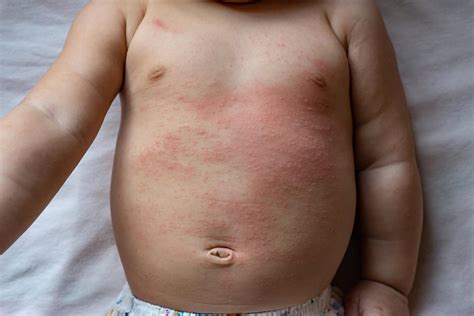
Symptoms of Heat Rash
The symptoms of heat rash can vary depending on the severity of the condition. In mild cases, heat rash may cause small, red bumps or blisters that are itchy and uncomfortable. In more severe cases, heat rash can cause larger, more painful blisters that may become infected. Other symptoms of heat rash may include: * Redness and inflammation of the skin * Itching or prickling sensation * Small, red bumps or blisters * Larger, more painful blisters * Fever * IrritabilityCauses of Heat Rash
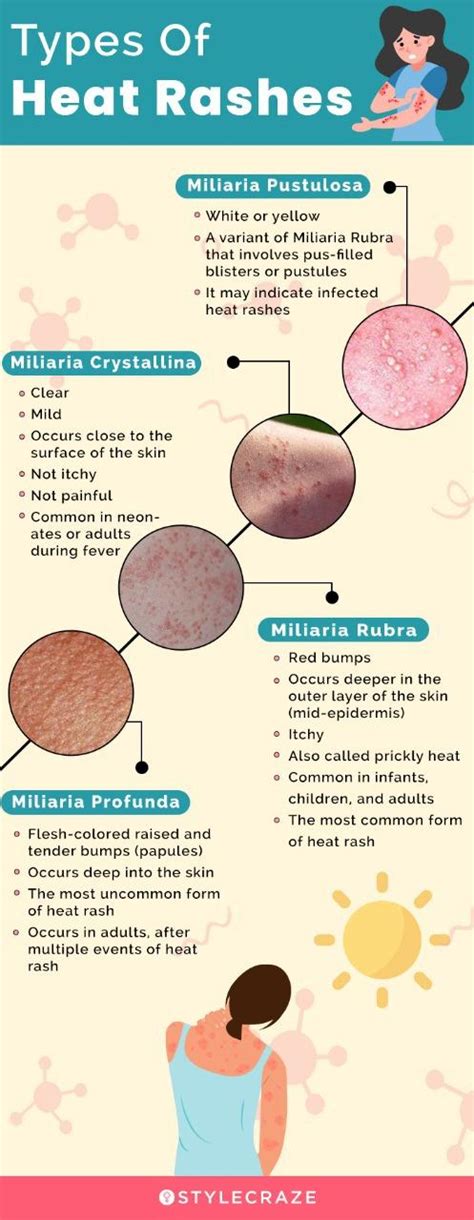
Treatment of Heat Rash
The treatment of heat rash usually involves simple measures such as keeping the infant cool, removing excess clothing, and applying cool compresses to the affected area. Other treatments may include: * Topical creams or ointments: Over-the-counter creams or ointments can help to reduce itching and inflammation. * Antihistamines: In some cases, antihistamines may be prescribed to help relieve itching and reduce the risk of infection. * Antibiotics: If the heat rash is caused by a bacterial infection, antibiotics may be prescribed to treat the underlying infection.Prevention of Heat Rash
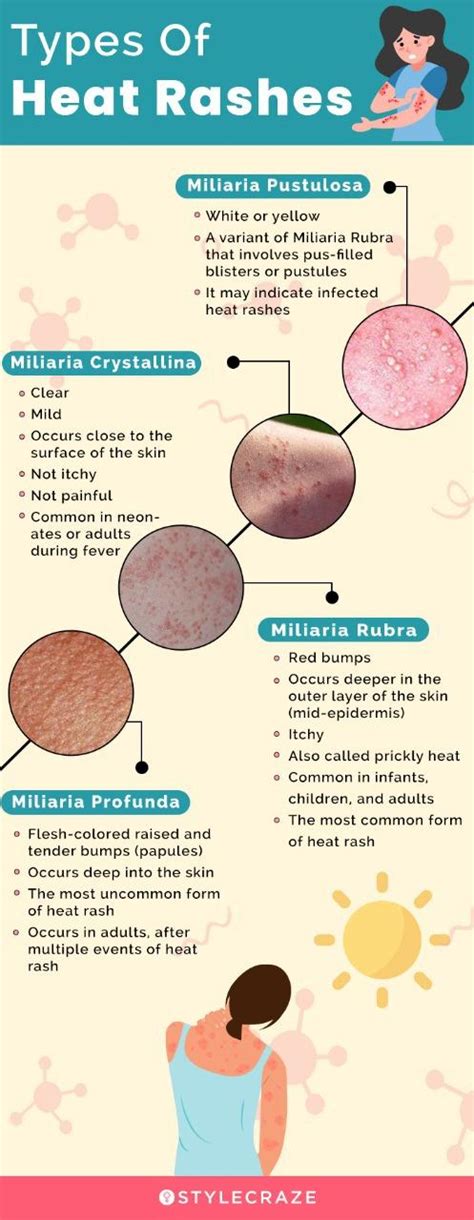
Home Remedies for Heat Rash
There are several home remedies that can help to relieve the symptoms of heat rash. Some of these remedies include: * Cool compresses: Applying a cool, damp cloth to the affected area can help to reduce itching and inflammation. * Oatmeal baths: Oatmeal has anti-inflammatory properties that can help to soothe and calm the skin. * Aloe vera: Aloe vera has anti-inflammatory properties that can help to reduce itching and inflammation. * Baking soda: Baking soda can help to neutralize the skin's pH and reduce itching and inflammation.When to Seek Medical Attention
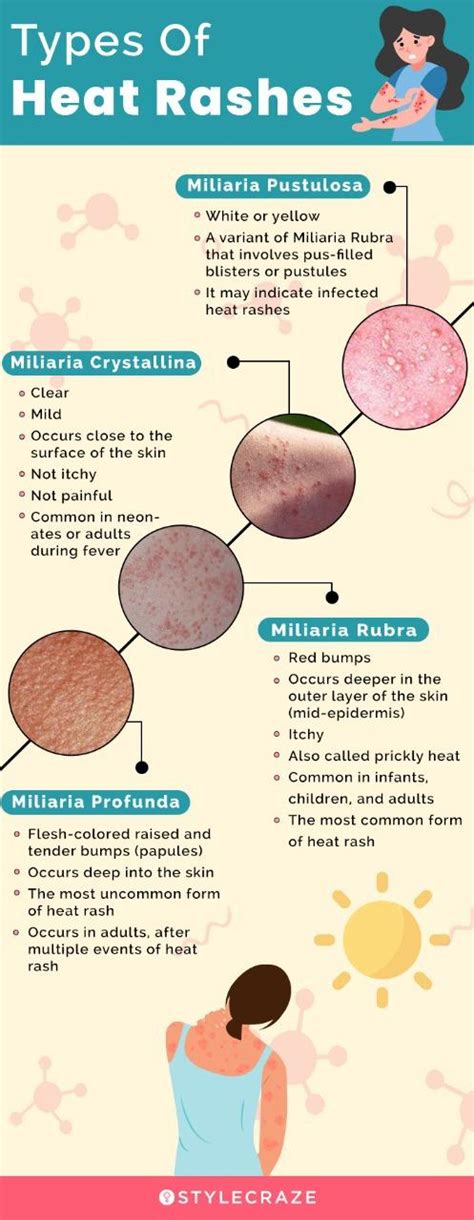
Complications of Heat Rash
In some cases, heat rash can lead to complications, such as: * Infection: Heat rash can become infected, especially if the skin is broken or if the infant has a weakened immune system. * Scarring: Heat rash can cause scarring, especially if the blisters become infected or if the infant scratches the affected area. * Allergic reactions: In some cases, heat rash can cause allergic reactions, especially if the infant is sensitive to certain substances or ingredients.Conclusion and Next Steps
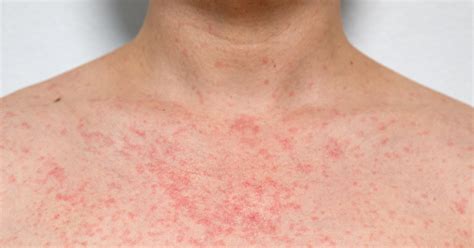
What is heat rash and how does it affect infants?
+Heat rash, also known as prickly heat or miliaria, is a common skin condition that affects infants and young children. It occurs when the skin's sweat glands become blocked, causing sweat to become trapped beneath the skin's surface.
What are the symptoms of heat rash in infants?
+The symptoms of heat rash in infants may include small, red bumps or blisters, itching or prickling sensation, redness and inflammation of the skin, and fever.
How can I prevent heat rash in my infant?
+To prevent heat rash in your infant, dress them in light, loose clothing, keep them in a cool, well-ventilated area, and avoid overheating, especially in warm weather or during exercise.
